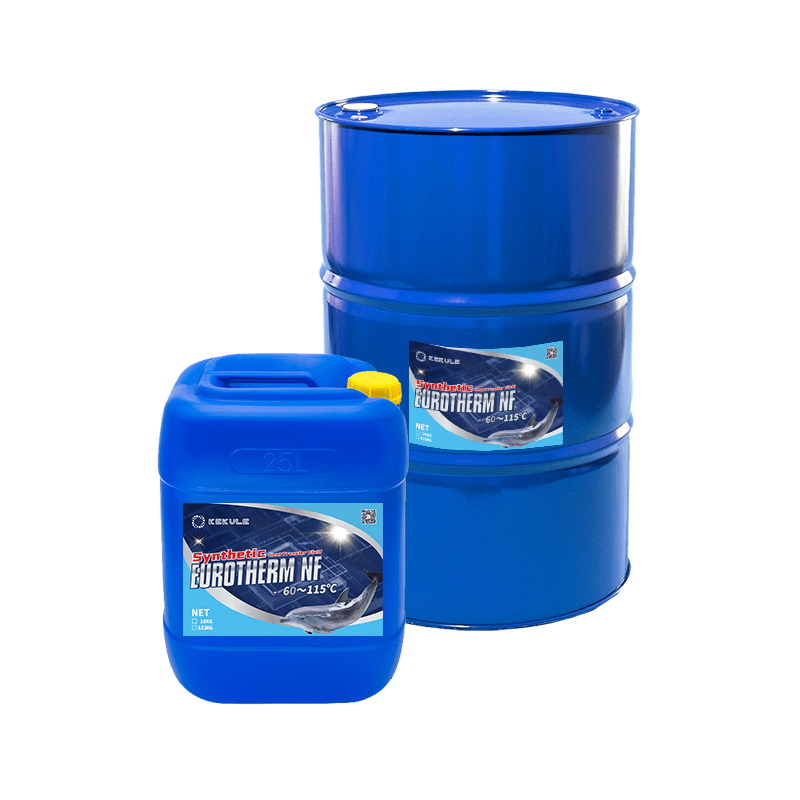Some Known Questions About Chemie.
The 6-Second Trick For Chemie
Table of ContentsGet This Report about ChemieIndicators on Chemie You Need To KnowThe Basic Principles Of Chemie 9 Simple Techniques For Chemie10 Easy Facts About Chemie DescribedChemie for Beginners
By Bojanna Shantheyanda, Sreya Dutta, Kevin Coscia and David SchiemerDynalene, Inc. Fluid cooling, which can be attained using indirect or direct methods, is made use of in electronics applications having thermal power densities that may go beyond risk-free dissipation with air cooling. Indirect liquid cooling is where warm dissipating electronic components are physically separated from the liquid coolant, whereas in instance of straight air conditioning, the parts remain in straight call with the coolant.In indirect air conditioning applications the electric conductivity can be essential if there are leaks and/or spillage of the liquids onto the electronics. In the indirect air conditioning applications where water based liquids with rust inhibitors are generally utilized, the electrical conductivity of the liquid coolant mostly relies on the ion concentration in the fluid stream.
The rise in the ion focus in a closed loophole fluid stream may occur as a result of ion leaching from steels and nonmetal elements that the coolant liquid is in call with. During procedure, the electric conductivity of the liquid may increase to a degree which might be unsafe for the air conditioning system.
Chemie Can Be Fun For Everyone
(https://sitereport.netcraft.com/?url=https://chemie.co)They are grain like polymers that can trading ions with ions in a solution that it touches with. In today job, ion leaching examinations were done with various steels and polymers in both ultrapure deionized (DI) water, i.e. water which is treated to the highest degrees of purity, and reduced electric conductive ethylene glycol/water blend, with the measured change in conductivity reported in time.
The examples were allowed to equilibrate at room temperature for 2 days before taping the initial electric conductivity. In all tests reported in this research study fluid electric conductivity was measured to a precision of 1% utilizing an Oakton CON 510/CON 6 collection meter which was calibrated prior to each measurement.
How Chemie can Save You Time, Stress, and Money.
from the wall home heating coils to the facility of the furnace. The PTFE sample containers were put in the furnace when steady state temperature levels were reached. The test configuration was gotten rid of from the heating system every 168 hours (7 days), cooled down to space temperature level with the electrical conductivity of the fluid measured.
The electrical conductivity of the fluid sample was monitored for a total of 5000 hours (208 days). Schematic of the indirect closed loop cooling experiment set-up. Parts utilized in the indirect closed loop cooling down experiment that are in contact with the liquid coolant.

What Does Chemie Do?
Throughout operation the fluid tank temperature was kept at 34C. The modification in fluid electrical conductivity was monitored for 136 hours. The fluid from the system was accumulated and saved. Similarly, shut loophole examination with ion exchange resin was accomplished with the same cleaning treatments utilized. The initial electrical conductivity of the 230ml UP-H2O in the system measured 1.84 S/cm.

0.1 g of Dowex resin was included to 100g of fluid examples that was taken in a separate container. The mixture was mixed and change in the electric conductivity at room temperature level was gauged every hour. The measured adjustment in the electric conductivity of the UP-H2O and EG-LC test liquids containing polymer or steel when immersed for 5,000 hours at 80C is shown Figure 3.
The 6-Minute Rule for Chemie
Number 3. Ion leaching experiment: Calculated adjustment in electric conductivity of water and EG-LC coolants consisting of either polymer or steel samples when immersed for 5,000 hours at 80C. The outcomes show that steels added fewer ions into the fluids than plastics in both UP-H2O and EG-LC based coolants. This might be due to a slim steel oxide layer which might work as an obstacle to ion leaching and cationic diffusion.
Liquids consisting of polypropylene and HDPE exhibited the most affordable electric conductivity changes. This could be as a result of the brief, rigid, direct chains which are less most likely to contribute ions than longer branched chains with weaker intermolecular forces. Silicone additionally did well in both test fluids, as polysiloxanes are usually chemically inert because of the high bond energy of the silicon-oxygen bond which would certainly protect against destruction of the material right into the liquid.
Chemie Fundamentals Explained
It would be anticipated that PVC would produce comparable results to those of PTFE and HDPE based on the similar chemical frameworks of the products, however there may be various other pollutants existing in the PVC, such as plasticizers, that might influence the electrical conductivity click resources of the liquid - silicone fluid. Furthermore, chloride groups in PVC can likewise seep right into the examination fluid and can trigger a boost in electric conductivity
Buna-N rubber and polyurethane showed signs of deterioration and thermal disintegration which recommends that their possible utility as a gasket or sticky material at greater temperature levels can lead to application problems. Polyurethane entirely disintegrated into the test fluid by the end of 5000 hour test. Number 4. Before and after pictures of metal and polymer samples immersed for 5,000 hours at 80C in the ion seeping experiment.
Measured modification in the electrical conductivity of UP-H2O coolant as a function of time with and without material cartridge in the shut indirect cooling loop experiment. The determined modification in electrical conductivity of the UP-H2O for 136 hours with and without ion exchange resin in the loop is received Figure 5.